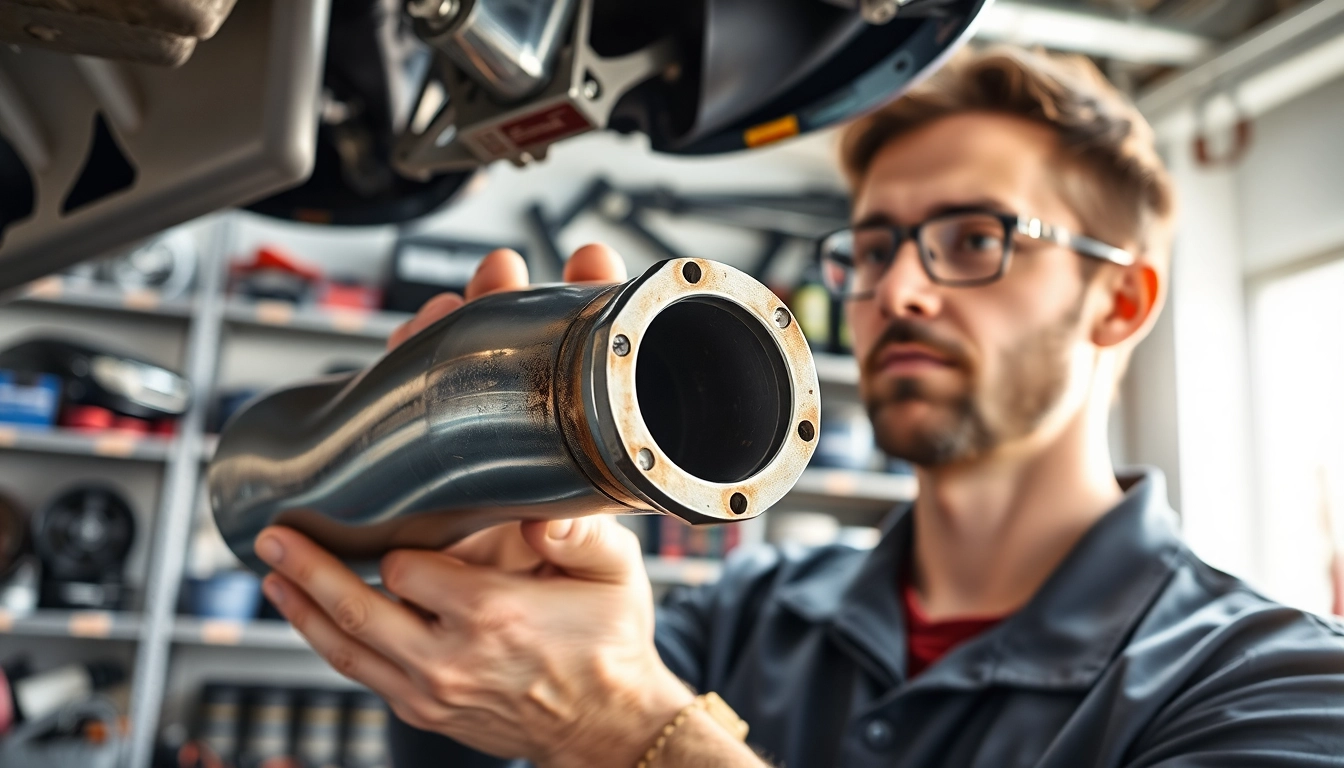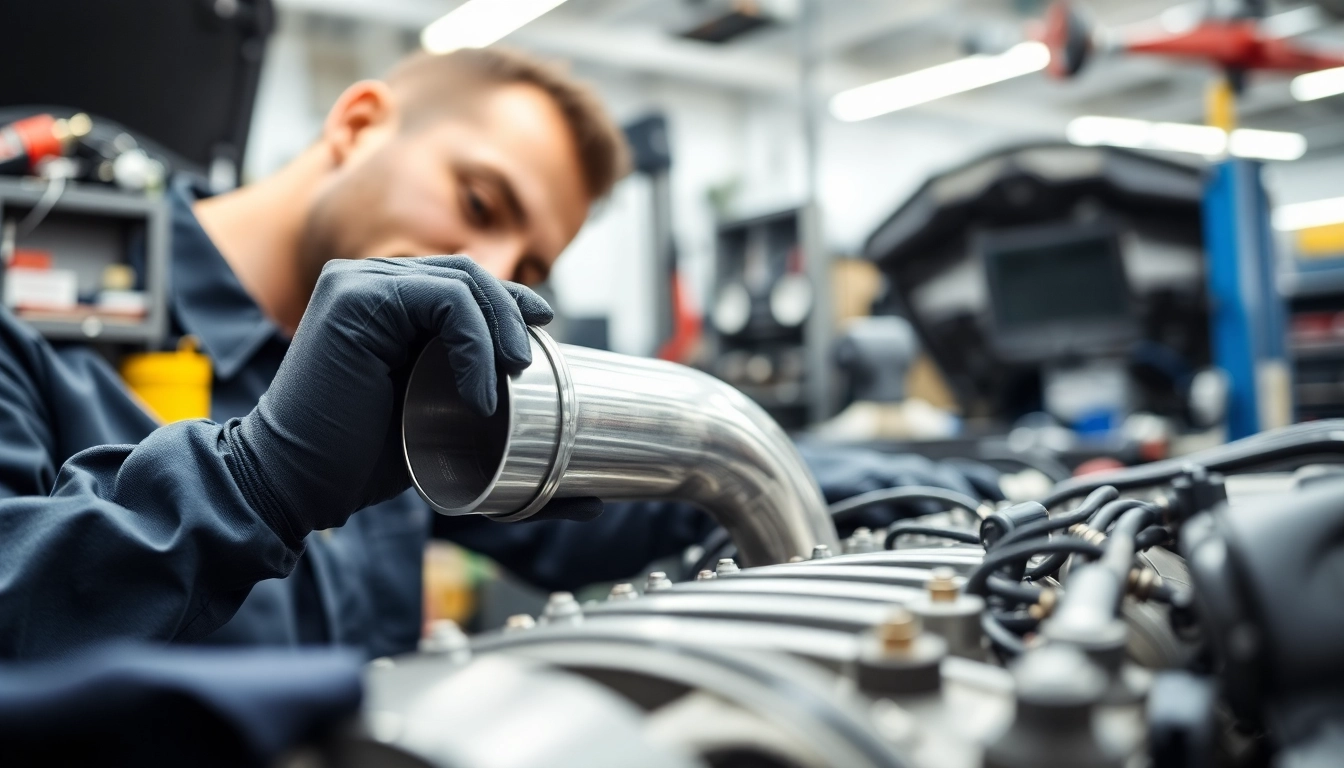
What is a Charge Pipe?
When it comes to turbocharged engines, understanding the components involved is crucial for both performance optimization and engine longevity. One of these essential components is the charge pipe. Mechanics and automotive enthusiasts alike often discuss various techniques to improve performance, but what is a charge pipe, and why does it matter? In this article, we will delve deeply into the definition, purpose, and significance of charge pipes in turbocharged applications.
Definition and Purpose
A charge pipe is a vital element in the turbocharging system of internal combustion engines. It is designed to transport compressed air from the turbocharger to the intake manifold. This pipe plays a critical role in ensuring optimal airflow and pressure, which is essential for boosting engine efficiency and performance. Typically, charge pipes are routed from the intercooler to the throttle body, effectively bridging the gap between the components that regulate and utilize the air sent into the engine.
Key Components of a Charge Pipe
Charge pipes are composed of several key components that work in unison to enhance engine performance:
- Intercooler: This component cools compressed air before it enters the engine, thus improving efficiency.
- Diverter Valve/Blow-Off Valve: These valves regulate the airflow and help release pressure, preventing potential surge conditions within the turbocharger.
- Throttle Body: The final destination for the air before it is introduced to the combustion chamber.
Common Materials Used
Charge pipes can be made from a variety of materials, each contributing unique advantages:
- Aluminum: Lightweight and offers excellent durability, heat dissipation, and aesthetic appeal.
- Stainless Steel: Known for its high strength and resistance to corrosion, making it a popular choice in performance applications.
- Rubber: Often used in stock applications for flexibility, but can suffer from heat degradation over time.
How Charge Pipes Function in Turbocharged Engines
A Brief Overview of Turbocharging
Turbocharging is a method of forced induction where exhaust gases are used to spin a turbine connected to a compressor. This action forces more air into the combustion chamber, allowing for greater power output from the engine. However, this process generates heat, necessitating cooling components like intercoolers and charge pipes to ensure the engine operates within optimal temperature ranges.
The Role of Charge Pipes in Airflow
Charge pipes serve as conduits for the boosted air generated by the turbocharger to reach the engine. Their design ensures that airflow is smooth and uninterrupted, which is critical for maintaining pressure and preventing power loss. A well-designed charge pipe reduces turbulence and minimizes restrictions, thereby maximizing the volume of air introduced into the combustion chamber.
Impact on Engine Performance
The performance of a turbocharged engine can be significantly influenced by the efficiency of the charge pipe. High-flow aftermarket charge pipes can provide noticeable gains in horsepower and torque by improving airflow characteristics. With unrestricted paths for air movement, the engine responds more quickly and efficiently, leading to a more engaging driving experience.
Benefits of Upgrading Your Charge Pipe
Improved Airflow and Efficiency
One of the most compelling reasons to upgrade a charge pipe is the immediate boost in airflow. Aftermarket charge pipes are often larger in diameter and designed with smoother bends, reducing friction and turbulence. This improvement facilitates quicker spool times for the turbo, thereby elevating engine responsiveness.
Enhanced Durability and Material Quality
Stock charge pipes, especially those made from rubber or low-grade materials, are susceptible to cracking and degrading under high pressure and temperature. Upgraded charge pipes, typically constructed of robust aluminum or stainless steel, offer enhanced durability, ensuring they can withstand harsh conditions. This increased reliability results in lower long-term maintenance costs and fewer replacements.
Potential Performance Gains
While upgrading a charge pipe alone may not dramatically increase horsepower, its contribution to the overall performance gains of a turbocharged application cannot be understated. When paired with other modifications, such as a high-flow intercooler, better intake systems, or tuned ECM, a quality charge pipe can help achieve significant increases in horsepower, torque, and throttle response.
Common Issues with Charge Pipes
Signs of Charge Pipe Failure
Awareness of the symptoms indicating a charge pipe failure is vital for maintaining optimal engine health. Common signs include:
- Boost Loss: Noticeable decrease in engine power and responsiveness.
- Hissing Sounds: Unusual noises may indicate leaks in the charge pipe.
- Check Engine Light: Often triggered by pressure loss within the charge system.
How to Diagnose Problems
If you suspect an issue with your charge pipe, several diagnostic steps can help confirm problems:
- Perform a visual inspection for cracks or loose fittings.
- Conduct a boost leak test to identify any air leaks.
- Utilize an OBD-II scanner to check for any relevant fault codes.
Replacement and Maintenance Tips
Maintaining the charge pipe is essential for sustained engine performance. Here are some practical tips:
- Regular Inspections: Periodically check for any cracks, leaks, or looseness in connections.
- Upgrade Wisely: When replacing, consider better materials and designs that enhance airflow and durability.
- Professional Installation: Ensuring a proper fit is vital for optimal performance, so consult a professional if unsure.
Conclusion: Why Understanding What is a Charge Pipe Matters
Recap of Key Takeaways
Understanding the role and function of charge pipes in a turbocharged engine is essential for anyone looking to optimize performance and reliability. From improved airflow and enhanced durability to diagnosing common issues, awareness of charge pipes can make a significant difference in the overall efficacy of an engine’s performance.
Future of Charge Pipes in Automotive Technology
As automotive technology advances, the design and materials used in charge pipes will likely evolve too. Innovations may lead to even lighter, more efficient materials and designs that maximize performance while minimizing weight and cost. The continuous progression of turbocharging technology suggests that charge pipes will remain integral in the pursuit of maximizing engine efficiency.
Encouraging Continued Learning and Upgrades
For car enthusiasts and professionals alike, staying informed about components like charge pipes is crucial for achieving the best results. Continuous education regarding advancements in technology, including new materials and designs, will not only enhance your understanding but also pave the way for better performance and long-term satisfaction with your vehicle.





